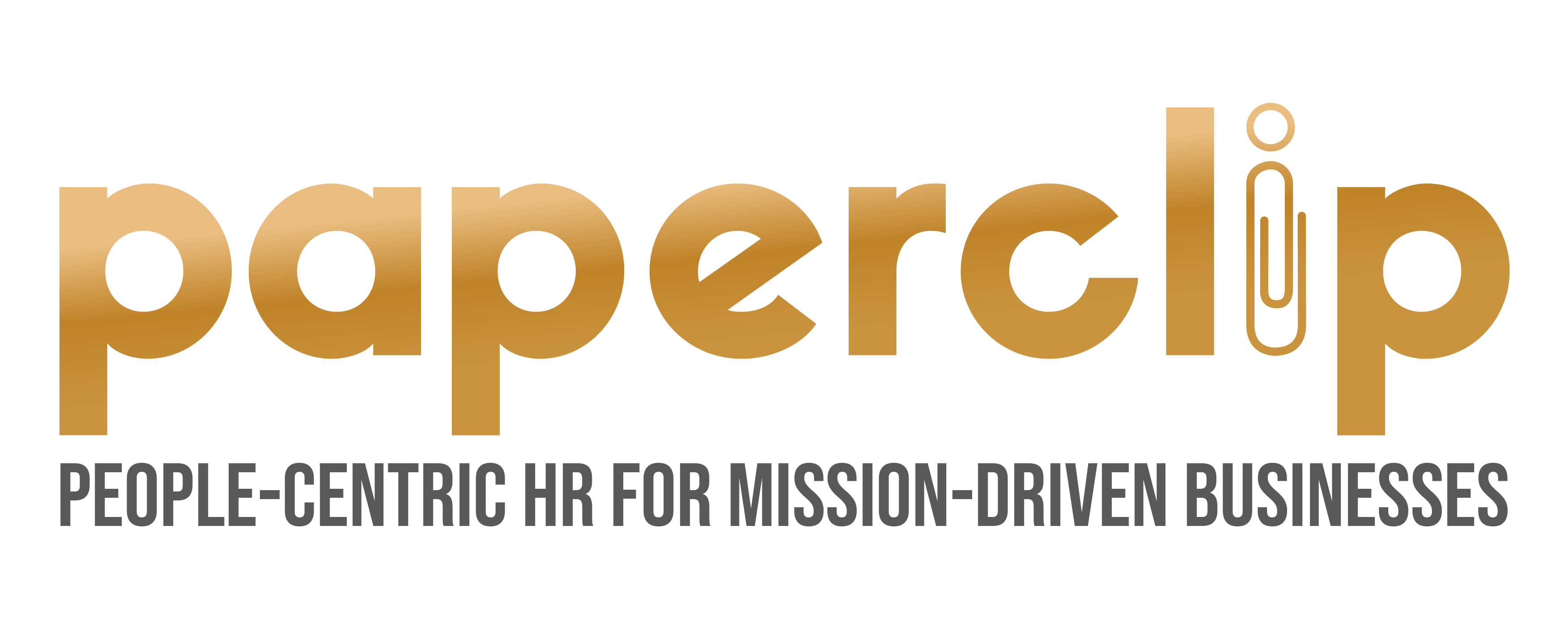Managing cash flow
Managing cash flow is every manager’s challenge, every day, every year. Those managers who keep a close eye on their daily activity and emerging industry trends can help reduce their company’s exposure to the chill of a cash crunch.
How can you predict, avoid and/or, minimize the impact of a cash emergency? First, pay attention when any cash shortages arise. When cash gets short, pay close attention and be prepared to act. Questions to be answered include:
- What caused the problem? Pre-payments to take advantage of special discounts can reduce cash. Transportation strikes, for example, could delay shipments and therefore payments. An industry (or economy) slowdown will often result in customers stretching out their payables.
- How can you cope? If cash on hand is not robust, let the special discounts go. It’s usually more cost-effective to pass on a discount than to borrow to overcome a shortfall. Keep up on the news. If you hear about any threatened strikes and/or disruptions to your supply chain, make sure you have a back-up position. Even if temporarily more expensive, it can save your business by showing your customers your reliability and versatility in challenging times. If your customers are in industries facing hard economic times, keep closer tabs on your credit policies and be active in collections. If necessary, tighten credit terms, but use discretion. Being firm but supportive to your customers will go a long way in keeping them in the fold while still giving you better cash flow. Defer purchases and/or negotiate extended payments if cash gets short.
Most importantly, document both the signals of problems and your solutions. That way, if the signals happen again, you can refer to prior successful action as the first possible solution.
Imagine possible, but normally unpredictable cash flow challenges. Some problems can’t be anticipated, so “what if” scenarios can be created. You don’t have to get elaborate, but you can ask what would happen if there were a flood, or, as we’ve experienced more recently, a devastating hurricane. What then? Other problems, such as “product sabotage” can only be dealt with as they occur. Constructing possible scenarios to reduce risks associated with “unforeseeable” problems is an important management tool. Learn from, and document, each experience, or you may have to repeat it.
Second, watch sales. Any prolonged (and “prolonged” computes differently for each company and industry) drop in sales without a comparable — and simultaneously emerging — reduction in expenses is a prescription for trouble. Of course, there is usually some lag between sales changes and a compensating contraction in expenses, but an early diagnosis can reduce the negative impacts significantly. Once a changing trend has been identified, act promptly or the impact of the lag will be more severe.
Third, review the budget. If short-term borrowing is regularly needed to meet normal operating costs, the unavailability of such loans or a sudden change in operating expenses could be devastating.
If ongoing operations cannot be supported by sales, either more sales are needed, fewer expenses must be incurred or a combination of the two is in order. While this sounds very simple, all too many companies hesitate “in hopeful anticipation.” If remedies are not introduced on a timely basis, a severe cash crunch could follow.
Fourth, keep a close eye on new product development. In many companies, R&D expenditures for new products are often allowed far greater variance from projected budgets than normal expenditures. After all, when you create something new, it is really hard to accurately predict costs — or turnaround time — at the outset.
Failure to keep these costs, and time commitments, within bounds or monitor their continuing impact and cost/benefit can lead to continued funding of projects well beyond when they should be cut off. Overall cash flow can be easily drained into a seemingly bottomless pit, and often an entire company is jeopardized by one errant project.
Fifth, beware of pet projects. A pet project is any organizational activity undertaken for ego value rather than consistency with the organization’s mission and profit targets. Pet projects, whether new ventures or ongoing cost/profit centers, can often lead to cash flow problems. All organizations have pet projects from time to time. Failure to recognize and deal with a pet project when a cash crunch looms has been the death knell for many companies.
Many cash flow challenges have such simple origins. Often it’s simply a matter of days or weeks and they can creep up on you. And the daily grind can cloud your vision, encourages false hope or distract you just long enough for problems to take hold. You can learn from the past and/or current cash shortages. You can be watchful that sales, budget and R&D costs stay in line. You can keep a lid on pet projects. In an increasingly competitive world, you need to be alert.
